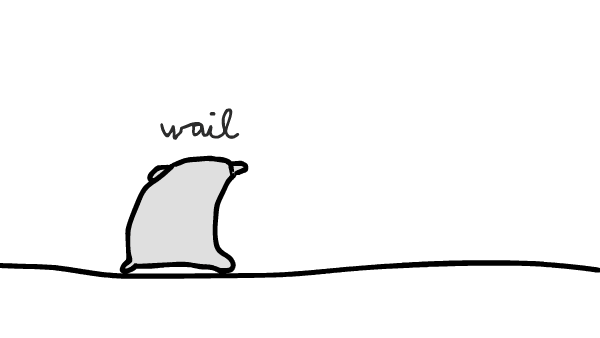Showing emotion through movement: the flour sack
Animators have used the “flour sack” exercise for decades to practice weight, timing, expression and exaggeration. The fact that a flour sack’s design is very simple is key: we cannot rely on facial features or elaborate limbs. We have to get to the essence of animation – the 12 principles – to imbue the character with personality.


For inspiration on conveying emotion through motion, look at Michael Dudok de Wit’s Father and Daughter (2000), Pixar’s Luxo Jr (1986).
And here is a tutorial that. reviews some of the basics of animating a flour sack.
Flour Sack Assignment
Pick one of the following expressions and apply it to a flour sack:
sad – happy – proud – shy – anxious – frightened – tired – confused – surprised – excited
Use the principles we covered in our bouncing ball exercises to give your object personality. NO eyes, mouth, or other facials features allowed – the expression must be conveyed through movement.
Draw a few key poses before starting to animate to get familiar with the sack’s design (you can use paper or your favorite drawing app).
Act out the emotion yourself and take note of your body language – which parts of your body change when you are sad/shy/tired etc? Are your movements fast, slow, tentative, assured etc.?
As usual, apply the 12 principles of animation.